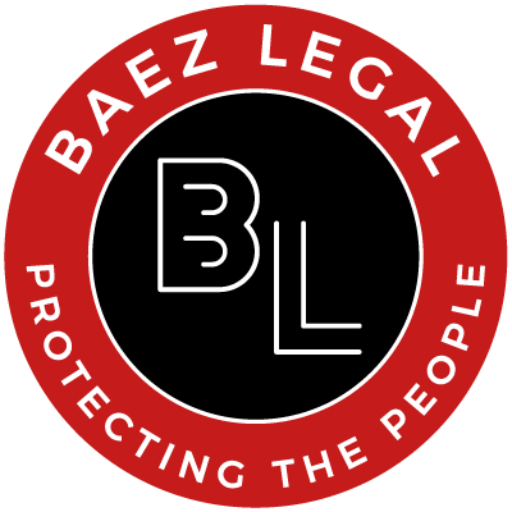As NYC follows the comparative negligence system, you can still be compensated if you were injured in an accident but were at fault to some extent. Read this guide to learn more, as our personal injury attorney in White Plains makes it simpler to understand so you can confidently pursue your claim. But first, let’s look at the statistics on New York’s injury.
Personal Injuries in NYC- They Are More Common Than You Think
Statistics show that:
- 7,999 collisions occurred through May this year in New York City.
- Collisions involved nearly 15,398 motorists and 724 pedestrians.
- Nearly 18 people have lost their lives, and about 3,507 injured.
- Approximately 6078 passenger vehicles, 408 motorcycles, 607 commercial trucks, and 342 buses have been involved in these crashes.
- Distracting driving, followed by failure to yield and tailgating, were the leading causes of accidents citywide in 2024.
- Medical malpractice payouts by state were highest in New York, accounting for nearly $551 million.
Understanding NYC’s Comparative Negligence Law and How It Is Applied
NYC is one of thirteen US states that follow pure comparative negligence. Under this system, the injured party can recover losses even if they are found to be 90 percent at fault for the incident. However, their compensation is lowered by their fault percentage.
Here is how comparative negligence is applied:
- Apportionment of Fault– Initially, the insurance adjuster evaluates evidence, such as police reports, to assign fault percentages among the parties involved.
- Court or Jury Evaluation: If the case proceeds to trial, a court or jury examines all available evidence to determine each party’s degree of fault.
- Percentage of Fault- This assessment directly impacts the damages the injured party can recover. Let’s say, if someone claims 100,000 US dollars in damages but is found 20 percent at fault, they can recover up to 80,000 US dollars (80% of $100,000).
- Damages Calculation– The total damages awarded are reduced in proportion to the fault percentage assigned. This ensures that compensation reflects the level of responsibility for the accident, promoting fairness in legal outcomes.
Understanding these steps is essential in navigating personal injury claims under York’s comparative negligence system. It allows parties to negotiate settlements effectively or present compelling arguments in court regarding fault allocation and the resulting compensation.
How Can a Personal Injury Attorney in White Plains Help?
Our personal injury attorney in White Plains provides comprehensive assistance. We help you with:
- Evidence Evaluation: Our lawyer evaluates evidence, including police reports and witness testimonies, to challenge or corroborate the initial fault assessment by insurance adjusters.
- Strategic Advocacy: In cases that go to trial, our lawyer presents a compelling case to the court or jury, effectively arguing for a fair distribution of fault percentages that maximize the client’s recovery potential.
- Negotiation Skills: During settlement negotiations, our personal injury lawyer in White Plains skillfully advocates on behalf of our client to achieve the most favorable outcome, leveraging a deep understanding of comparative negligence principles.
- Maximizing Compensation: By navigating the complexities of fault allocation and damages calculation, our lawyer ensures that our client receives the maximum compensation possible under the law, considering their degree of fault.
- Client Support: Our personal injury attorney in White Plains provides ongoing support and guidance, explaining legal nuances and keeping our client informed at every stage of the legal process.
In summary, our personal injury lawyer in White Plains ensures that our clients receive fair treatment and just compensation in personal injury cases involving comparative negligence in New York. Contact Baez Legal for more information or to schedule a consultation.
